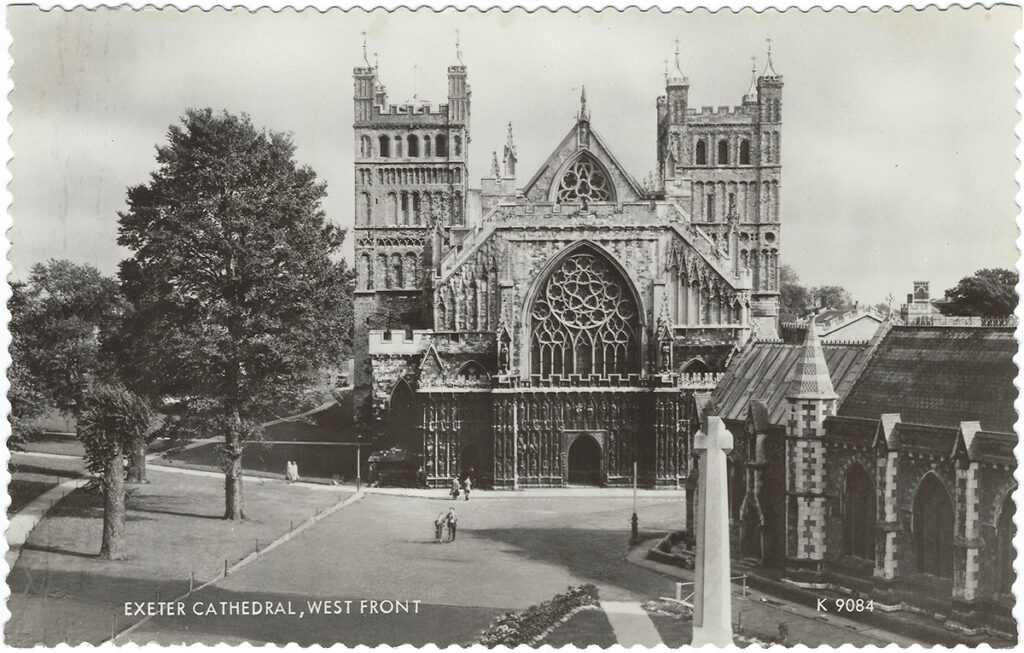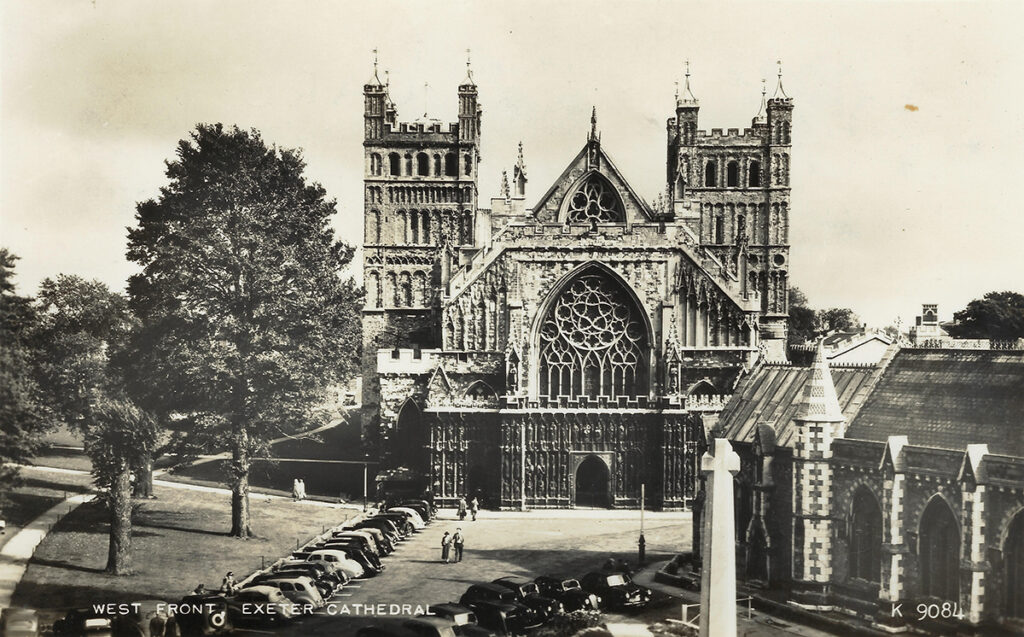
 By Diane Walker
By Diane Walker
Recently there has been much publicity about the editing of digital photographic images. However, the manipulation of photographs isn’t a new practice. It can be traced back to the early days of photography.
In 1846, just 5 years after William Fox Talbot patented his photographic process involving a negative which could be used to produce multiple copies, a photograph taken in Malta by his colleague Calvert Richard Jones was edited. The printed image is of four Capuchin friars. Remarkably, the paper negative survives which shows that another figure (recently confirmed as a statue) in the background has been painted over, presumably to improve the composition. This pre-dates by 14 years a portrait of Abraham Lincoln which has often been suggested as the earliest example of a manipulated image. The American photograph has been identified as a combination of Lincoln’s head and the body of John Calhoun, a southern politician.
In my collection of photographs of Exeter Cathedral, I have two nearly identical postcards published by Valentine & Sons as ‘a real photograph’. Both bear the serial number K9084. They show the West Front with the Victorian church of St Mary Major and the county war memorial in the foreground, taken some time in the 1950s or 1960s. At that time a roadway ran along the line of the present steps, providing vehicle access to the front of the Cathedral. In one postcard there are rows of parked cars but none in the other.
Careful inspection of the two images reveals that they both originate from one photograph. The image without any cars is an edited version. The parked cars, parking bay lines and a few people near the cars (bottom left) have been removed. An oddly outlined additional area of shadow has been added at the bottom of the picture. Other details are identical, including the figures of several people.
Whilst it is generally recognised that paintings and engravings of the Cathedral are unlikely to be an exact representation of every detail, photographic images are normally accepted as an accurate record. However, this example shows that sometimes even a photograph may need to be treated with some caution.